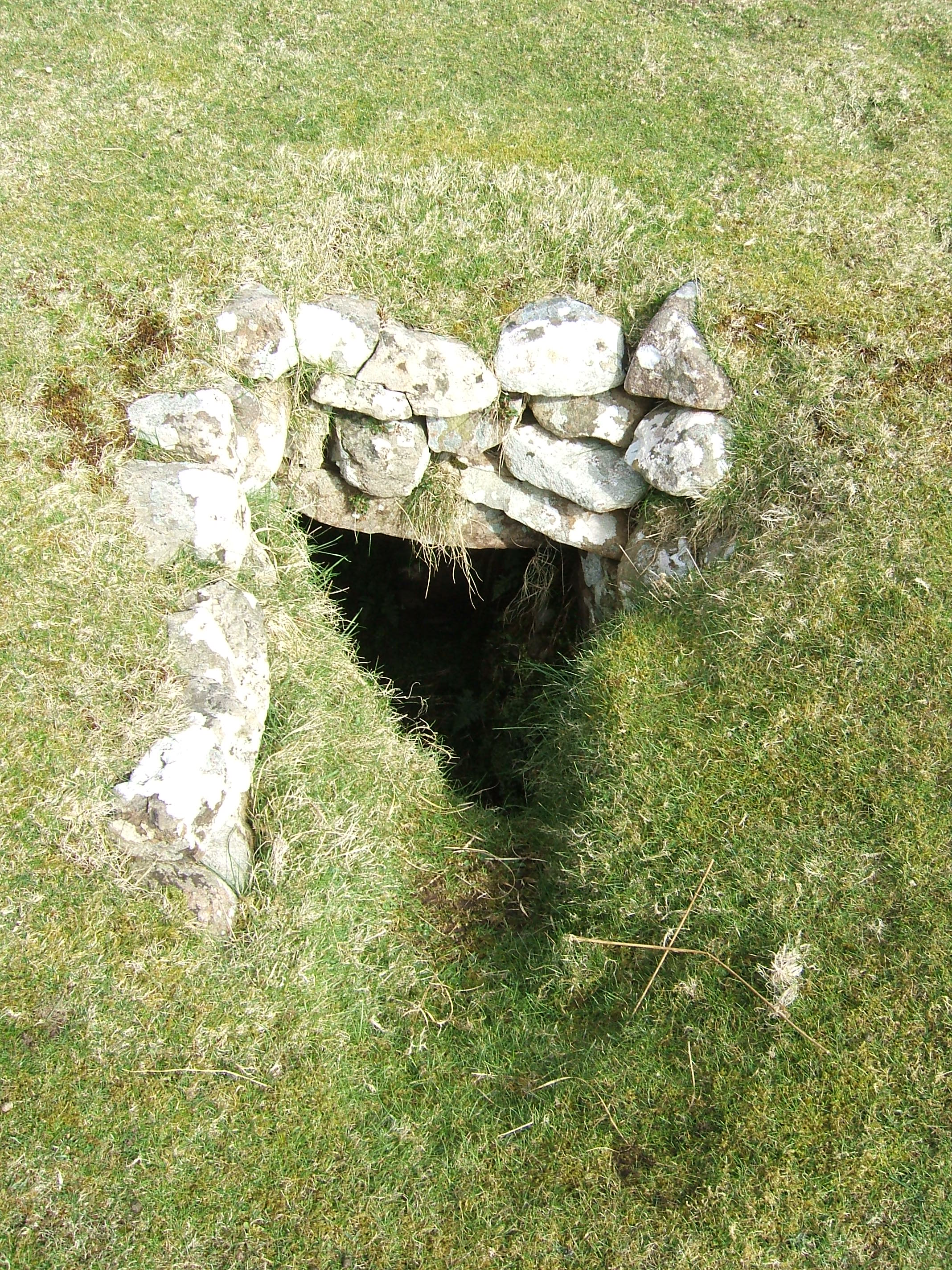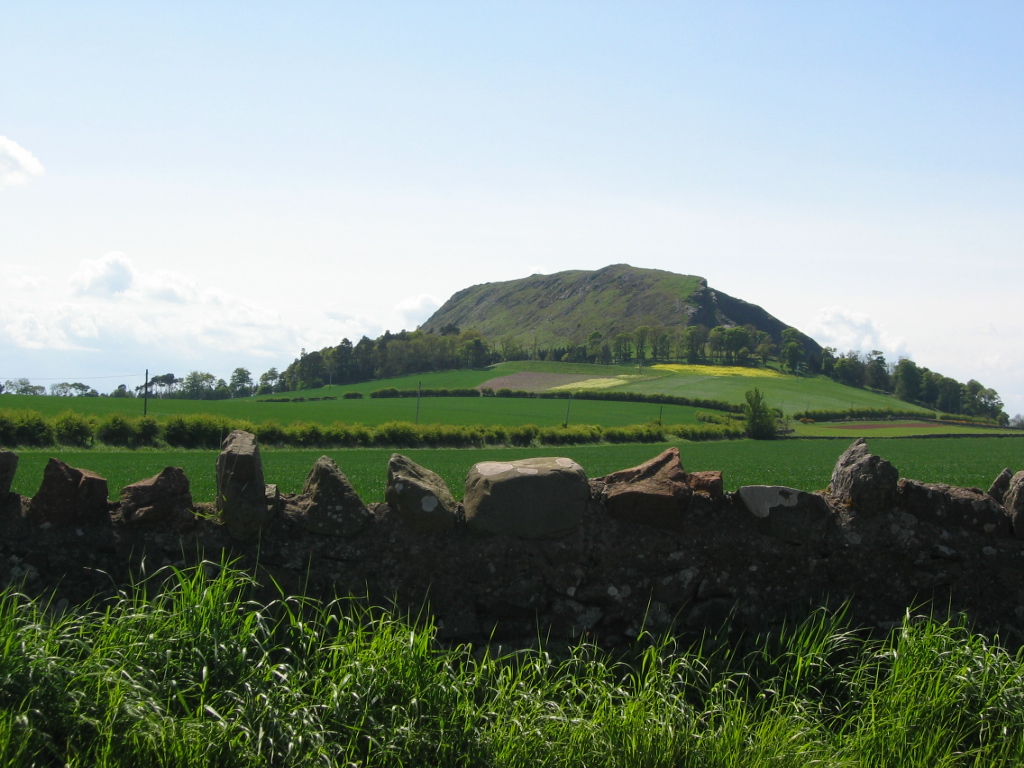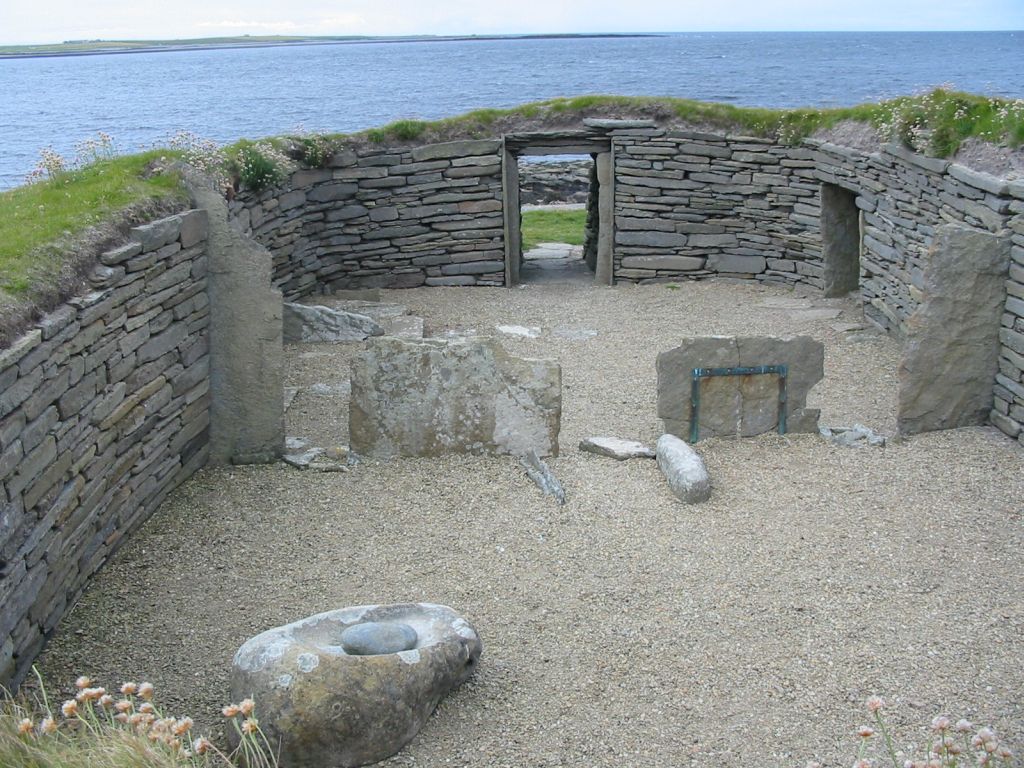|
Demographic History Of Scotland
The demographic history of Scotland includes all aspects of population history in what is now Scotland. The earliest surviving archaeological evidence of human settlement is of Mesolithic hunter-gatherer encampments. These suggest a highly mobile boat-using people, probably with a very low density of population. Neolithic farming brought permanent settlements dating from 3500 BC, and greater concentrations of population. Evidence of hillforts and other buildings suggest a growing settled population. Changes in the extent of woodland indicates that the Roman invasions from the first century AD had a negative impact on the native population. There are almost no written sources from which to reconstruct the demography of early medieval Scotland. This was probably a high fertility, high mortality society, similar to developing countries in the modern world. The population may have grown from half a million to a million by the mid-fourteenth century when the Black Death reached the co ... [...More Info...] [...Related Items...] OR: [Wikipedia] [Google] [Baidu] |
Blaeu , a surname
{{disambiguation, surname ...
Blaeu is the name of * Willem Blaeu (1571–1638), Dutch cartographer and father of Joan Blaeu * Joan Blaeu (1596–1673), Dutch cartographer and son of Willem Blaeu * ''Blaeu Atlas of Scotland'', by Joan Blaeu, published in 1654 * ''Atlas Blaeu'' or ''Atlas Maior'', by Joan Blaeu, published in 1635 * ''Stedenboek Blaeu'' or '' Toonneel der Steeden'', by Joan Blaeu, published in 1649 See also * Blaauw Blaauw () is a Dutch language, Dutch surname. It is an archaic spelling of modern Dutch ''blauw'', meaning ''blue''. This may have referred to the pale skin, the eyes, or the clothes of the original bearer of the name or the surname may be metonymic ... [...More Info...] [...Related Items...] OR: [Wikipedia] [Google] [Baidu] |
Scottish Highlands
The Highlands (; , ) is a historical region of Scotland. Culturally, the Highlands and the Scottish Lowlands, Lowlands diverged from the Late Middle Ages into the modern period, when Scots language, Lowland Scots language replaced Scottish Gaelic throughout most of the Lowlands. The term is also used for the area north and west of the Highland Boundary Fault, although the exact boundaries are not clearly defined, particularly to the east. The Great Glen divides the Grampian Mountains to the southeast from the Northwest Highlands. The Scottish Gaelic name of ' literally means "the place of the Gaels" and traditionally, from a Gaelic-speaking point of view, includes both the Western Isles and the Highlands. The area is very sparsely populated, with many mountain ranges dominating the region, and includes the highest mountain in the British Isles, Ben Nevis. During the 18th and early 19th centuries the population of the Highlands rose to around 300,000, but from c. 1841 and for th ... [...More Info...] [...Related Items...] OR: [Wikipedia] [Google] [Baidu] |
Fife
Fife ( , ; ; ) is a council areas of Scotland, council area and lieutenancy areas of Scotland, lieutenancy area in Scotland. A peninsula, it is bordered by the Firth of Tay to the north, the North Sea to the east, the Firth of Forth to the south, Perth and Kinross to the west and Clackmannanshire to the south-west. The largest settlement is the city of Dunfermline, and the administrative centre is Glenrothes. The area has an area of and had a resident population of in , making it Scotland's largest local authority area by population. The population is concentrated in the south, which contains Dunfermline, Kirkcaldy and Glenrothes. The north is less densely populated, and the largest town is St Andrews on the north-east coast. The area is governed by the unitary Fife Council. It covers the same area as the Counties of Scotland, historic county of the same name. Fife was one of the major Picts, Pictish monarchy, kingdoms, known as ''Fib'', and is still commonly known as the ... [...More Info...] [...Related Items...] OR: [Wikipedia] [Google] [Baidu] |
Souterrain
''Souterrain'' (from French ', meaning "subterrain", is a name given by archaeologists to a type of underground structure associated mainly with the European Atlantic Iron Age. These structures appear to have been brought northwards from Gaul during the late Iron Age. Regional names include earth houses, fogous and Pict PICT is a graphics file format introduced on the original Apple Macintosh computer as its standard metafile format. It allows the interchange of graphics (both bitmapped and vector), and some limited text support, between Mac applications, an ...ish houses. The term ''souterrain'' has been used as a distinct term from ''fogou'' meaning 'cave'. In Cornwall the regional name of ''fogou'' (Cornish language, Cornish for 'cave') is applied to souterrain structures. The design of underground structures has been shown to differ among regions; for example, in western Cornwall the design and function of the fogou appears to correlate with a larder use. Etymology T ... [...More Info...] [...Related Items...] OR: [Wikipedia] [Google] [Baidu] |
Wheelhouse (archaeology)
In archaeology, a wheelhouse is a prehistoric structure from the Iron Age found in Scotland. The term was first coined after the discovery of a ruined mound in 1855. The distinctive architectural form related to the complex roundhouses constitute the main settlement type in the Western Isles in the closing centuries BC. A total of 62 sites have now been identified in the Northern and Western Isles, and on the north coast of Caithness and Sutherland. Amateur enthusiasts did some excavation in the 19th century, but professional examination of the sites did not begin until the 1930s, when digs were undertaken at Jarlshof and Gurness. No work of a modern standard was done in the Hebrides until 1946 at Clettreval on North Uist.Crawford (2002) p. 113. Sometimes referred to as "aisled roundhouses" their characteristic features include an outer wall within which a circle of stone piers (bearing a resemblance to the spokes of a wheel) form the basis for lintel arches supporting cor ... [...More Info...] [...Related Items...] OR: [Wikipedia] [Google] [Baidu] |
Hillforts In Scotland
Hillforts in Scotland are earthworks, sometimes with wooden or stone enclosures, built on higher ground, which usually include a significant settlement, built within the modern boundaries of Scotland. They were first studied in the eighteenth century and the first serious field research was undertaken in the nineteenth century. In the twentieth century there were large numbers of archaeological investigations of specific sites, with an emphasis on establishing a chronology of the forts. Forts have been classified by type and their military and ritual functions have been debated. They were introduced into Scotland during the Bronze Age from around 1000 BCE. The largest group are from the Iron Age, with over 1,000 hillforts, mostly below the Clyde-Forth line, most of which were abandoned during the period of Roman occupation of Britain. There are also large numbers of vitrified forts, which have been subjected to fire, many of which may date to this period and are found across Sco ... [...More Info...] [...Related Items...] OR: [Wikipedia] [Google] [Baidu] |
Roman Britain
Roman Britain was the territory that became the Roman province of ''Britannia'' after the Roman conquest of Britain, consisting of a large part of the island of Great Britain. The occupation lasted from AD 43 to AD 410. Julius Caesar invaded Britain in 55 and 54 BC as part of his Gallic Wars. According to Caesar, the Britons had been overrun or culturally assimilated by the Belgae during the British Iron Age and had been aiding Caesar's enemies. The Belgae were the only Celtic tribe to cross the sea into Britain, for to all other Celtic tribes this land was unknown. He received tribute, installed the friendly king Mandubracius over the Trinovantes, and returned to Gaul. Planned invasions under Augustus were called off in 34, 27, and 25 BC. In 40 AD, Caligula assembled 200,000 men at the Channel on the continent, only to have them gather seashells () according to Suetonius, perhaps as a symbolic gesture to proclaim Caligula's victory over th ... [...More Info...] [...Related Items...] OR: [Wikipedia] [Google] [Baidu] |
Caledonia
Caledonia (; ) was the Latin name used by the Roman Empire to refer to the forested region in the central and western Scottish Highlands, particularly stretching through parts of what are now Lochaber, Badenoch, Strathspey, and possibly as far south as Rannoch Moor, known as Coed Celedon (Coed Celyddon using the modern alphabet) to the native Brython (Britons). Today, it is used as a romantic or poetic name for all of Scotland. During the Roman Empire's occupation of Britain, the area they called Caledonia was physically separated from the rest of the island by the Antonine Wall. It remained outside the administration of Roman Britain. Latin historians, including Tacitus and Cassius Dio, referred to the territory north of the River Forth as "Caledonia", and described it as inhabited by the Maeatae and the Caledonians (). The name is derived from the word Celyddon in Common Brittonic. History Etymology means 'the forested region’; it is derived from the Wels ... [...More Info...] [...Related Items...] OR: [Wikipedia] [Google] [Baidu] |
Ptolemy
Claudius Ptolemy (; , ; ; – 160s/170s AD) was a Greco-Roman mathematician, astronomer, astrologer, geographer, and music theorist who wrote about a dozen scientific treatises, three of which were important to later Byzantine science, Byzantine, Islamic science, Islamic, and Science in the Renaissance, Western European science. The first was his astronomical treatise now known as the ''Almagest'', originally entitled ' (, ', ). The second is the ''Geography (Ptolemy), Geography'', which is a thorough discussion on maps and the geographic knowledge of the Greco-Roman world. The third is the astrological treatise in which he attempted to adapt horoscopic astrology to the Aristotelian physics, Aristotelian natural philosophy of his day. This is sometimes known as the ' (, 'On the Effects') but more commonly known as the ' (from the Koine Greek meaning 'four books'; ). The Catholic Church promoted his work, which included the only mathematically sound geocentric model of the Sola ... [...More Info...] [...Related Items...] OR: [Wikipedia] [Google] [Baidu] |
Papa Westray
Papa Westray () (), also known as Papay, is one of the Orkney Islands in Scotland, United Kingdom. The fertile soilKeay, J. & Keay, J. (1994) ''Collins Encyclopaedia of Scotland''. London. HarperCollins. has long been a draw to the island. Attractions on the island include Holland House with an associated folk museum and the Knap of Howar Neolithic farmstead run by Historic Scotland. It is the ninth largest of the Orkney Islands with an area of . The island's population was 90 as recorded by the 2011 census, an increase of over 35% since 2001 when there were only 65 usual residents. During the same period, Scottish island populations as a whole grew by 4% to 103,702. Infrastructure Orkney Ferries sail from Papa Westray to Pierowall's Gill Pier. Twice a week (on Tuesday and Friday) the or provide a direct service to and from Kirkwall on the Orkney Mainland, also serving either Rapness on Westray, or North Ronaldsay. There are also occasional summer Sunday excu ... [...More Info...] [...Related Items...] OR: [Wikipedia] [Google] [Baidu] |
Knap Of Howar
The Knap of Howar () on the island of Papa Westray in Orkney, Scotland is a Neolithic farmstead which may be the oldest preserved stone house in northern Europe. Radiocarbon dating shows that it was occupied from 3700 BC to 2800 BC, earlier than the similar houses in the settlement at Skara Brae on the Orkney Mainland. The site The farmstead consists of two adjacent rounded rectangular thick-walled stone buildings with very low doorways facing the sea. The larger and older structure is linked by a low passageway to the other building, which has been interpreted as a workshop or a second house. They were constructed on an earlier midden, and were surrounded by midden material which has protected them. There are no windows; the structures were presumably lit by fire, with a hole in the roof to let out smoke. Though they now stand close to the shore, they would have originally lain inland. The stone walls of the buildings are preserved; and while the roof is missing, it was likely ... [...More Info...] [...Related Items...] OR: [Wikipedia] [Google] [Baidu] |
Biggar, South Lanarkshire
Biggar ( ) is a town, parish and former burgh in South Lanarkshire, Scotland, in the Southern Uplands near the River Clyde on the A702. The closest neighbouring towns are Lanark, Peebles and Carluke. History Biggar occupies a key location close to two of Scotland's great rivers, the Clyde flowing to the west, and the Tweed flowing to the east. Stone and Bronze-age artefacts have been found in the area but the strongest evidence of settlement occurs on the hills surrounding the town. One of these is Bizzyberry Hill where Iron Age remains dating back almost 2,000 years have been found. The present day A702 follows the route of a Roman road, which linked the Clyde Valley with Musselburgh. In the 12th century, in return for the promise of support, King David I gave the lands of Biggar to Baldwin, a Fleming leader. He built a motte and bailey castle, which can still be seen north-west of the High Street. The first permanent crossing of the Biggar Burn was also built. It is thought ... [...More Info...] [...Related Items...] OR: [Wikipedia] [Google] [Baidu] |









